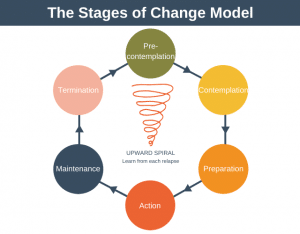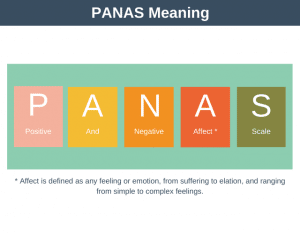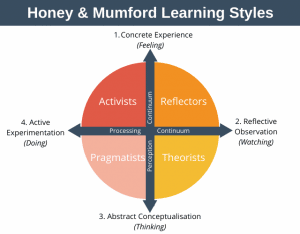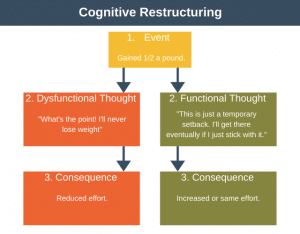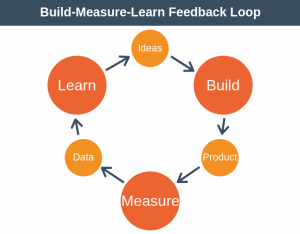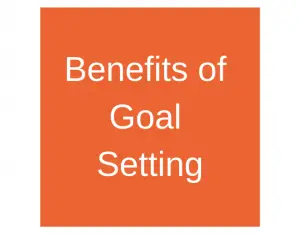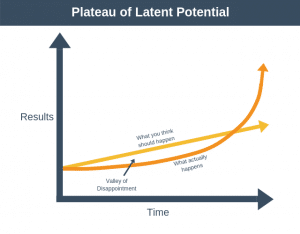The PERMA model is a framework showing that five building blocks contribute to your well-being.
You, like me, probably want to be happy. When you’re happy, you enjoy your life more, you’re more productive and better able to deal with setbacks. You can build better relationships and find meaning in your life.
We all want to be happy, but how do we achieve it? The PERMA model is a framework developed to help us understand the building blocks of well-being.
Background
The PERMA model is an evidence-based model of well-being developed by Martin Seligman.
Seligman is commonly known as the founder of Positive Psychology, and he introduced the PERMA model in his 2012 book, “Flourish.”
Traditionally, the field of psychology focuses on relieving human suffering. It helps us feel better when we are already suffering, for example, from a mental health disorder. The goal of positive psychology, including the PERMA model, is to equip each of us to raise the level of our well-being. This allows each one of us to flourish.
span data-preserver-spaces=”true”>In short, the PERMA model helps you thrive, not just survive.
The PERMA Model
The PERMA model shows the five core elements you need to order to flourish and achieve a positive sense of well-being.
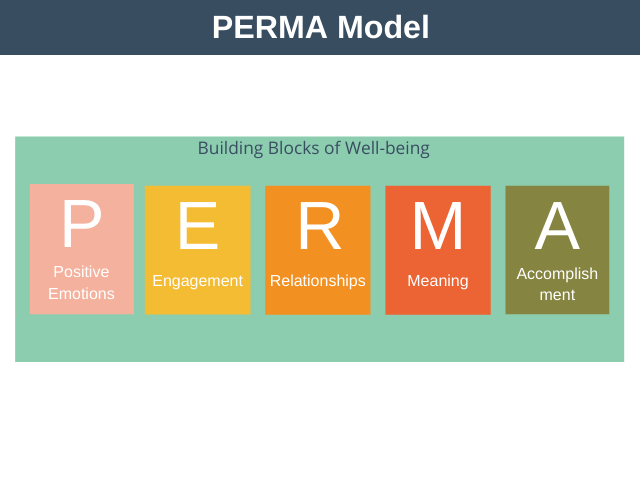
No two people are the same, so each of us will find each building block contributes to our well-being differently from the next person. The factors that make me feel I’m flourishing will not necessarily have the same impact on you.
Note that well-being is not the same as happiness. Happiness is a moment in time, and nobody can be happy all of the time. Well-being means we have the tools to survive and flourish, no matter what life throws at us.
Let’s examine each of the building blocks in a little more detail.
1. Positive Emotion
Experiencing positive emotions can help improve your health, your life, and your career. We experience emotions in response to events that happen to us every day.
Positive emotion refers to feelings such as happiness, comfort, joy, awe, laughter, pleasure, acceptance, hope, and satisfaction. Positive emotion is about more than just being happy at this moment. It’s about being able to view your past and future positively as well.
2. Engagement
Engagement is the experience of being so wrapped up and engaged in a task that you are willing to do the task just for its own sake. This experience or building block often goes by the name of “flow.”
“Flow” is a mental state whereby you completely absorbed and engaged in an activity you’re performing. You lose yourself in the activity, and the activity itself is its own reward. For me, this happens when I run. For you, it may happen when you sing, ski, skateboard, write, play piano, watch movies, read, or engage in deep conversation.
3. Relationships
Having positive relationships is very important to well-being. Your positive emotions are amplified through your relationships, for example:
- Laughing with your best friend is more emotionally positive than laughing by yourself.
- Enjoying a great view with your partner brings more satisfaction than enjoying it on your own.
You can build positive relationships with many different groups, including friends, family, colleagues, neighbors, and community members.
Humans are social animals, and as such, relationships are critical to our sense of well-being. People who have positive relationships in their lives have improved well-being and are happier than those who do not.
4. Meaning
Meaning comes from when you have a sense of purpose bigger than yourself. This sense of purpose can increase your well-being.
The pursuit of wealth in your career might provide you with a goal, but it doesn’t, on its own, bring meaning. Having meaning in your life can increase your happiness and well-being.
Loving your partner and being loved provides meaning, for example, because it provides you with something bigger than just yourself to live for.
Excluding your relationship, there are many ways in which you might go about finding meaning, including through your wider family, religion, social clubs, social causes, political affiliation, or workplace groups.
5. Accomplishment
Accomplishment is about having goals in life. These goals could be small, such as calling your parent once a week, or big, such as becoming a published author.
Accomplishing things helps to build our well-being and improves our belief in ourselves.
There are many different ways to feel a sense of accomplishment, including by achieving your definition of success, reaching a certain level in a sport or game, achieving competence in a musical instrument or craft, amongst others.
Using the PERMA Model
To use the PERMA model, you analyze each of the five blocks of the model to identify ways in which you can improve the quality of your life.
1. Positive Emotion
Does your current life primarily bring you positive emotions? If it does, then ask yourself what you could do to experience more positive emotions. If it doesn’t, then ask yourself what you could do to start experiencing some positive emotions.
Questions to ask yourself include:
- Are there strengths you have that you’d like to utilize more?
- Are your weaknesses too exposed? If so, can you develop these weaknesses, or focus more on your strengths?
- Are the people you surround yourself, your colleagues, and friends, with contributing to positive emotion? If not, how can this be changed?
- Are you making enough time for the things that bring you joy? If not, how can this be changed?
2. Engagement
Do you feel that you have at least one thing in your life that fully engages you? If not, can you identify:
- An area or aspect that you do enjoy that you would like to do more?
- An area or aspect that you don’t enjoy that you would like to do less?
- Any distractions which are stopping you from finding your flow?
Note that you may know what engages you, but it is still essential to make sure that you carve out enough time in your schedule to enjoy and participate in this activity frequently.
3. Relationships
Are your relationships with colleagues, friends, family, and community, positive and fulfilling?
If not, then try to understand what’s wrong with each relationship to determine if the relationship can be improved, whether you need to spend less time engaging with the person in question, or whether the relationship needs to be ended.
Relationships take work. Even if you have a great relationship with someone, determine how you are going to sustain that relationship? Make sure that you have enough time allocated to enjoy and develop positive relationships.
4. Meaning
Do you have a purpose in your life that is bigger than just yourself?
If you feel as though you don’t have enough meaning in your life then:
- Make sure you understand (or find) the connection between what you do in the workplace and how it improves the world, no matter how small this is.
- Look to create more meaning in your life outside of work. To do this, consider volunteering for a good cause, donating some of your income regularly to a good cause, or simply making a point to spend more time with people important to you.
5. Accomplishment
Are you working towards goals in your life? If not, then perhaps you could introduce some. It could be something small like reading for 20 minutes a day or something big like starting a business. Whatever it is, you’ll feel a sense of achievement once you’ve hit your goals.
When it comes to goals and accomplishments, its important not to set goals which too difficult to achieve, as these can be demotivating (see Locke’s Goal Setting Theory). Additionally, you don’t want to be striving and straining yourself so much to achieve the goals that you miss out on other elements of the model important to your well-being, such as relationships and experiencing positive emotions.
Advantages and Disadvantages
There are several advantages and disadvantages associated with the PERMA model.
Advantages
Taking action to implement the PERMA model can help you:
- Have better relationships.
- Perform at a higher level in the workplace.
- Live longer.
- Avoid burnout.
- Identify weak areas in your well-being so you can address them.
Disadvantages
Some disadvantages associated with the model include:
- The model helps you identify the building blocks of well-being that you might need to improve, but it doesn’t tell you how actually to do this.
- The model doesn’t give you an objective way to measure how well you are doing in life for each of the building blocks.
Summary
We all want to be happy. But if you’re not happy with your life or simply looking to improve your happiness a little then the PERMA model can help. The model shows that there are five building blocks we can work on to improve our sense of well-being:
- Positive emotion.
- Engagement.
- Relationships.
- Meaning.
- Accomplishment.
By identifying and then working on a building block in which you are lacking you can improve your sense of well-being. By continuing to work on yourself over the long-term using the model you can hugely improve your sense of well-being. The PERMA model helps you thrive, not just survive.
